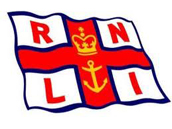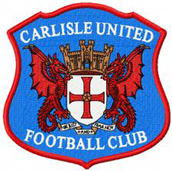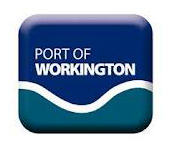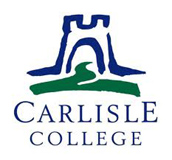- Home
- Scarrows
- Mariners
- Cumberland
- Miscellaneous
Genealogy Research Tips
When I started out researching my family history with my mother and sister about 15 years ago, there was very little information, if any, on the internet. Today its a very different story, and the internet has now become a fantastic resource. However, that said, the internet is not the first place to start. Below I have set out in sequential order the approach I would take now:
1. Buy one of the Family Tree programs.
I currently use Family Tree Maker 2014, which also links directly to Ancestry, but there are many programs out there, including Roots Magic (version 6), which also seems very popular. The importance of taking this step first, is that the information accumulates very quickly, so putting it in some sort of order from early on makes sense. Making note of the source for each entry you make in the tree program, may seem a bit tedious, but will help in the long run as new information is found which conflicts with what is already present.
2. Talk to family
Speaking to relatives, in particular grand-parents and those of similar, or even early generations, will reveal not only information regarding the family tree, but also anecdotal stories which will add some human interest to the family tree. Unfortunately, in my case, this avenue was closed, as all grand-parents on both sides of the family passed away in the ninteen-seventies, some twenty years before we started all the research.
3. Research Births, Marriages and Deaths, and also Census entries
Indices to the registers of Birth, Marriages and Deaths (compulsory from 1837) is available at FreeBMD. The index is complete up until about 1950, but thereafter has gaps as it is an ongoing project. The BMD index held by Ancestry is complete up to 2007. Once an entry has been found, then the certificate can be ordered at the General Record Office. Be aware that there are many more expensive ways of doing this, but the GRO site is the cheapest I have found.
The easiest way to get access to all the Census information, is to either subscribe to Ancestry, or go somewhere that has access to it - for example the National Archives at Kew. Access to Ancestry is also available at some local record offices and libraries. Census are run every ten years from 1841 to 2011 and Ancestry has all the data for the Census's from the first in 1841 through to 1911. In terms of building up a family tree quickly, using census data is the way to go. Be aware that the ages given in the 1841 census were rounded down to the nearest 5 years.
4. Research Baptisms and Marriages at the International Genealogical Index
Prior to 1837, recording of baptisms, marriages and burials was done at a local level. Births themselves were not registered, and in fact it was not a requirement, but baptisms were recorded. Marriages and burials had to be recorded by law.
The International Genealogical Index (IGI) is a computer file created by The Church of Jesus Christ of Latter-day Saints. It was first published in 1973 and continued to grow through December 2008. It contains several hundred million entries, each recording one event, such as a birth, baptism (christening), marriage, or death. It is not comprehensive, but is a very good starting point for tracing events prior to 1837.
5. Wills
Wills are a very good source family tree data, and can often be used to shape the earlier parts of family trees, where data from parish records can be ambiguous. Again, Ancestry is a good source as it contains an index to wills from 1858 to 1966. For wills prior to 1858, one has to look at the local records - for example the various Cumbrian Record Offices have all the wills that were proved in Carlisle on microfilm. Some of the local archives, for example Lancaster, have provided an index to their wills to the National Archives which is searchable using their Discovery catalogue.








